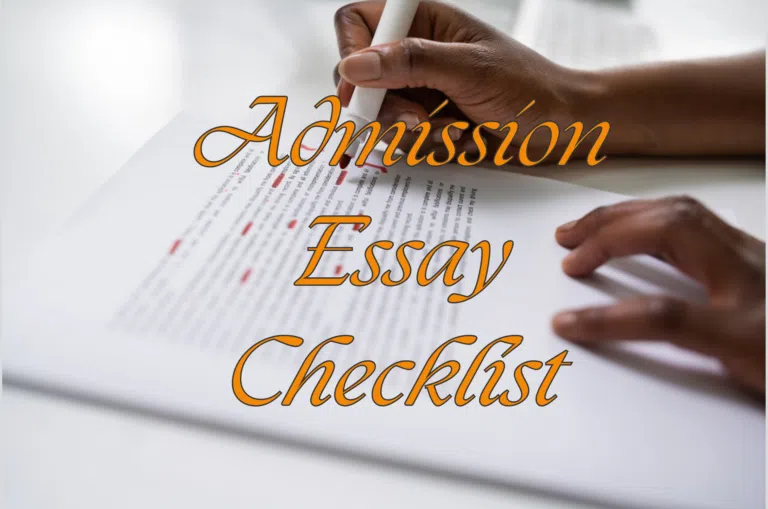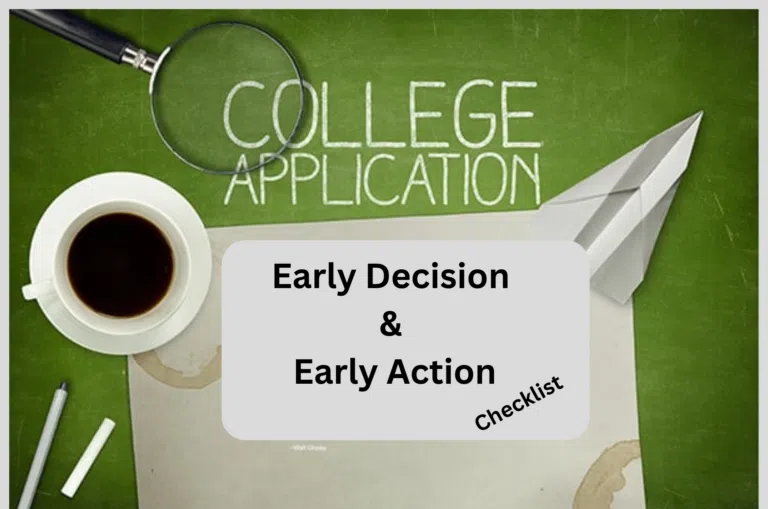
At the start of January this year I wrote a piece for this blog where I looked at what had happened in the early round of college applications for the class of 2025. Since the start of April colleges have been releasing statistical information for the whole application round, including the numbers of applications they have received and the all important admit rate. From this information, we are able to gain a better understanding of what has turned out to be a truly unique year.
The numbers
The Common App has reported an increase of 11% in the number of applications to colleges over the 2019/20 round, however, there has only been an increase of 2% in the number of students making one or more applications. This indicates that while there has been a comparatively small increase in people applying to college, each student is submitting applications to more colleges.
Part of the overall increase in applications is due to a significant increase in applications from international students. The Common App has seen an increase of 13% in applications over the previous year.
This increase in the number of applications has not been shared equally across the higher education landscape. Applications to attend more selective colleges and universities across the United States have seen a considerable increase in the numbers applying, increases reported by individual, highly selective colleges show some truly huge surges in applications. Cornell received over 17,000 more applications this year over last, an increase of around 25%, this figure is dwarfed however by Columbia which recorded an additional 51% on last year’s numbers. Even this growth is overshadowed by Colgate University in New York state which reported a 103% increase in the number of students applying to the small liberal arts college.
Such increases in the numbers of people applying is good news for colleges, which do everything they can to encourage people to apply to them, as this acts to push down their application rate. Colleges like to make a feature of just how selective they are, for many people a more selective college is the same as a ‘better’ college. Below are admit rates for some of the colleges popular with Ivy Central students.
· Boston University – 18.3%
· Brown University – 8.8%
· Columbia University – 3.7%
· Cornell University – 8.7%
· Emory University – 20.4%
· Harvard University – 3.4%
· MIT – 4%
· New York University – 12.8%
· Princeton University – 3.9%
· UPenn – 5.7%
· University of Southern California – 12%
Other popular colleges, such as Stanford and the UC’s are yet to release their admit rates for the class of 2025.
What sits behind these numbers?
To see such huge increases in the numbers of applications, specifically to more selective institutions makes this year’s application round stand out from any that have gone before. It will take time to truly evaluate the data but early indications and anecdotal evidence suggest that the move to test optional applications, in response to the pandemic, is the main reason behind the changes.
It would appear that without the need to submit SAT or ACT scores as part of the application, many students decided that they would submit an application to colleges that they would normally have considered to be out of their reach. Such a strategy would explain why there has been such a significant increase of applications to selective colleges but less to those with higher admit rates. It also suggests that without the stark figure of a test score, students and those advising them, find it difficult to realistically judge the value of their academic performance and extra-curricular activities within the holistic assessment process. Colleges have so far been largely silent on the number of applicants who have not submitted test scores and been accepted but figures from the early application rounds at both UPenn and Georgetown indicate that those students that did submit test scores held a statistically significant advantage in the admission process.
What does it mean for the future?
While most colleges have already announced that they will not be requiring standardised tests for the coming application round an increasing number have announced that they are either going test optional for the following year as well or in some cases dropping standardised testing for good.
With the more selective colleges having gone through the process of restructuring their application evaluation process, to account for not having, what had previously been, one of the key benchmarks of performance, it is difficult to see them going back to their old ways. The test optional application has resulted in the very influential elite colleges receiving even more applications than before the pandemic causing them to appear even more selective.
Critics of standardised testing have often asserted that the tests favour students whose families can afford test coaching. The move to test optional applications has resulted in an increase in students from traditionally disadvantaged groups applying to selective colleges. A recent New York Times article reports that colleges, including Harvard, NYU and USC have seen a jump in admissions from students with Black, Hispanic and Asian backgrounds. In the context of the social challenges experienced in the US, particularly in the last year, such change is good news for colleges and another reason for test optional applications to remain a feature for some time to come.






